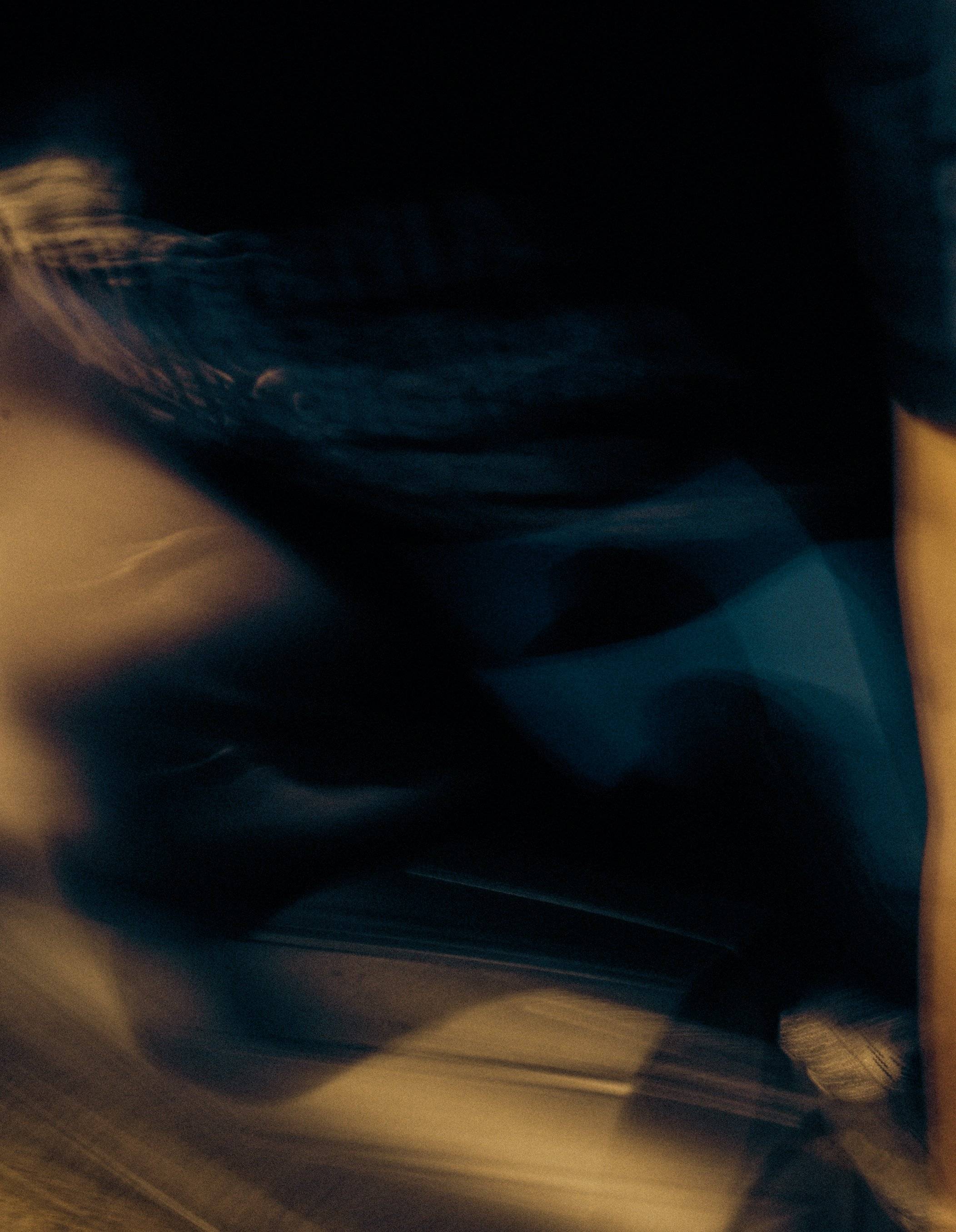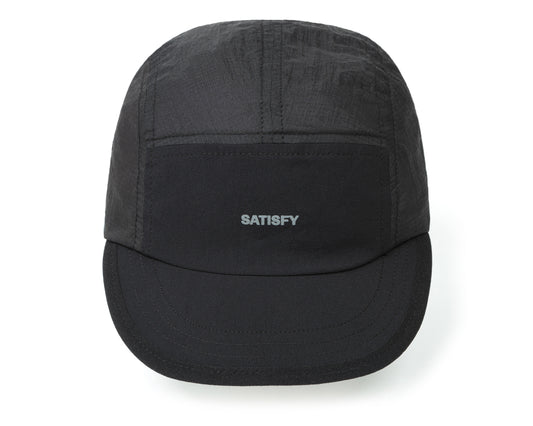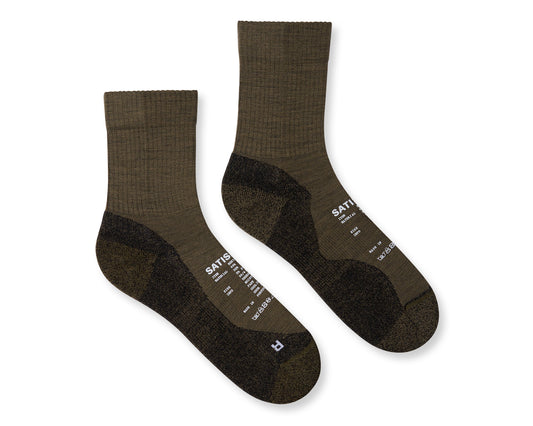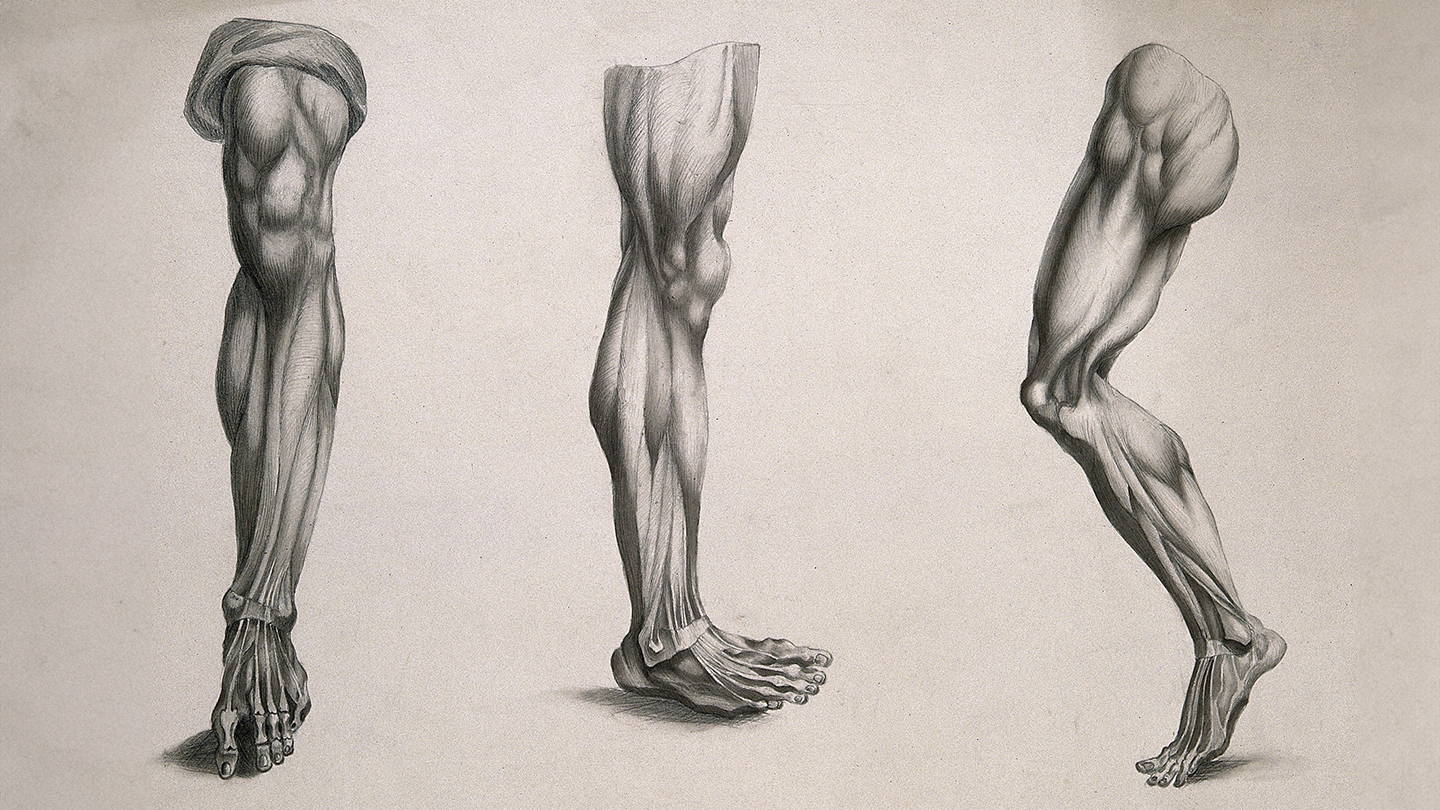
Shin Splints are the worst. I know we say that at the start of every HIGHWAY TO HEALTH (Plantar Fasciitis is the worst, Runner’s Face is the worst, IT Band Syndrome sucks sasquatch balls), but when it comes to annoying injuries, Shin Splints are the lemon-juice-in-the-papercut of running. But what are they?
Shin Splints—or Medial Tibial Stress Syndrome—is that thing where you experience sharp pains down your tibia (shin bone) that make running impossible. Shin Splints are super-common and occur most often in the legs of flamenco dancers, rollerbladers, periodontists, and runners. Get this, though: no one, not even the world’s cleverest shin doctors, can agree on what Shin Splints are. They just know they hurt. If you ask us, it has something to do with overloading the tissue connecting the calf muscle to the shin. But then again, it might be elves.
Photography & Video: Ben Murphy / Model: Eleanor
The good news is Shin Splints can be dealt with, and today we’re going to look at what we consider to be the top four methods of making them go away. As always, the exercises we suggest in HIGHWAY TO HEALTH are just that: suggestions.
If your Shin Splints become worse as a result of following our advice, you can’t say we didn’t warn you that we’re not shin doctors—we’re not even regular-ass general practitioners. We’re just a guy sitting at a desk listening to Black Sabbath Vol. 4 on repeat because he can’t be bothered getting up to change it. Let’s see how we can treat Shin Splints.

The good news is Shin Splints can be dealt with, and today we’re going to look at what we consider to be the top four methods of making them go away.
Foam Rolling
Based on what we said last issue about foam rolling the IT Band, this might sound like we're contradicting ourselves, but the tibialis anterior is a muscle, not a tendon, and muscles looove to be smooshed. Kneel on the floor with your foam roller before you, place the sore shin on the foam roller and your hands on the floor so that you’re almost in a starting sprint position; now roll back and forth from the ankle to the knee while pointing the toes away from the body and slightly inward.
Be careful not to go too far into the ankle or knee while rolling the length of your shin; you don’t want to put pressure on the tendons and cartilage in your joints. Do this for about a minute on each shin. If you can start with this and move into the next suggested stretch, you’ll be cured for life, probably.
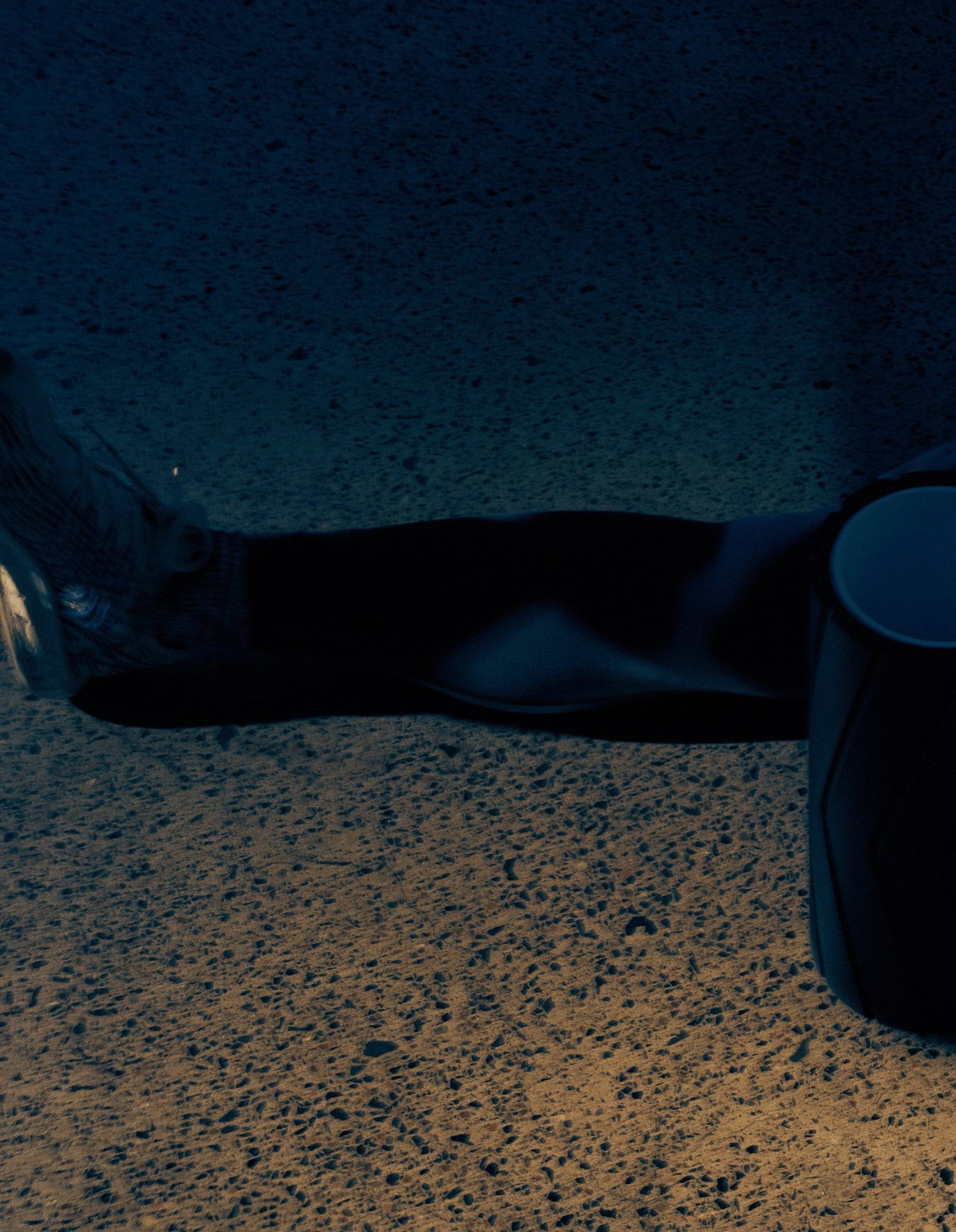
Seated Stretch
Sit on the floor with your legs in front of you, palms on the floor by your sides. Shoulders back, straight spine, don’t slouch. Now, slowly tilt your feet and point your toes in the direction you’re facing. Hold for about twenty seconds, release, and repeat thrice or as many times as you want.
Generally, three sets of five will be effective, but just do what feels right. You should feel this stretch where your foot meets the front of your leg, but also up your shin bones. If you don’t feel it up your shin bones, hinge forward at your hips and lean towards your feet. This is a particularly difficult stretch for men, who tend to be less flexible than women. Why? Well, it could be related to the disparity between gender pain thresholds. In the case of altered stretch tolerance, sensory afferents directly affect the release of enkephalin from interneurons, which helps to reduce pain transmission in the dorsal horn of females, thereby increasing the pain threshold. Then again, it's probably just elves.
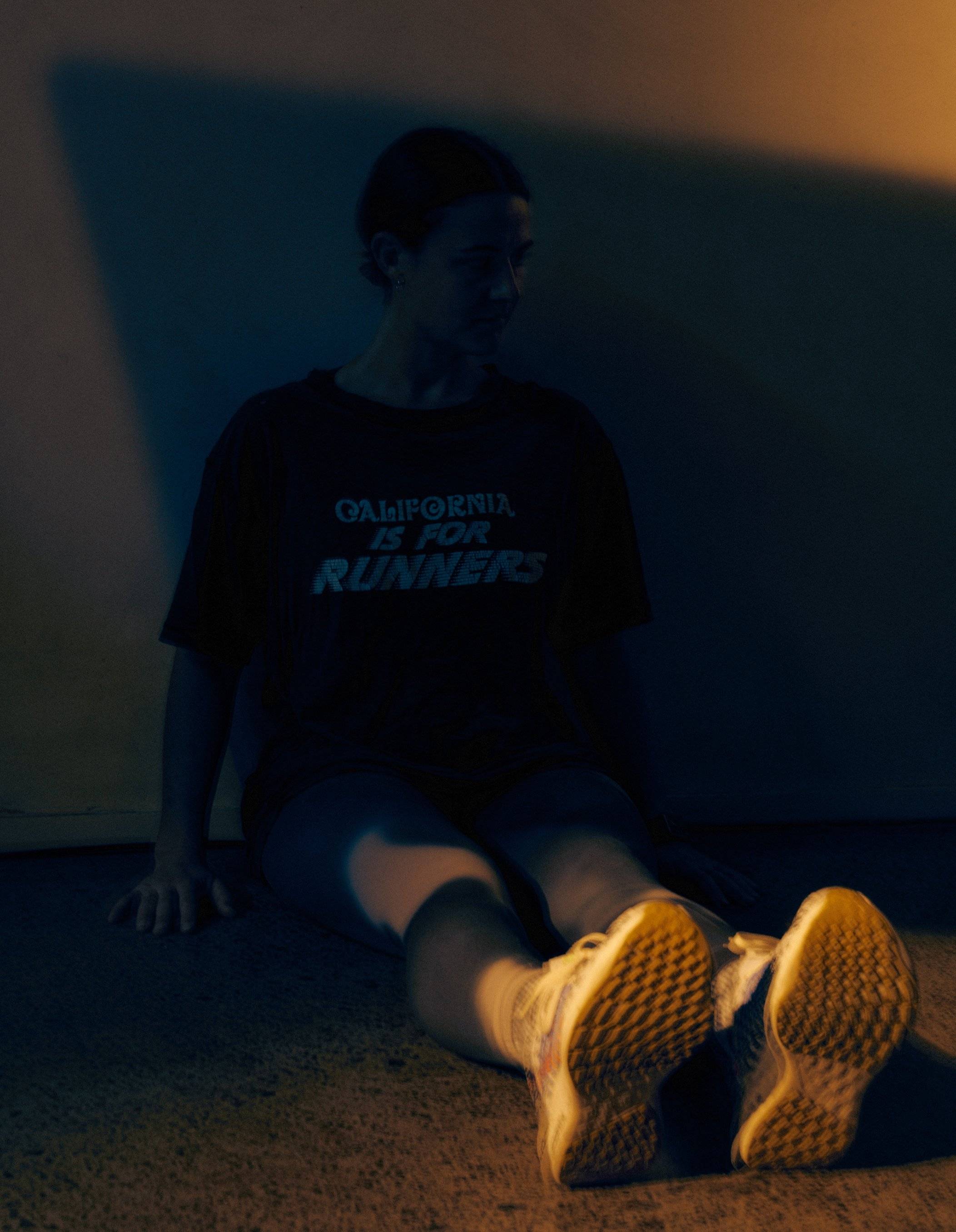
Tibialis Raises (Toe Taps)
This one is like calf raises, only backwards. Lean your back against a wall with your feet flat and your heels about a foot and a half out from the wall. Put a slight bend in your knees. Now, with your heels firmly pressed into the floor, slowly raise your toes off the floor and pull them up as far as they’ll go. Hold the stretch for 5-10 seconds, then return your feet back to the floor. Do this several times. If it feels good, this movement can also be done rapidly with very little hold at the top of the stretch. If you don’t have a wall, you can also do Tibialis Raises while seated in a straight-backed chair. If you don’t have a wall or a straight-backed chair, you might consider engaging the services of a life coach.
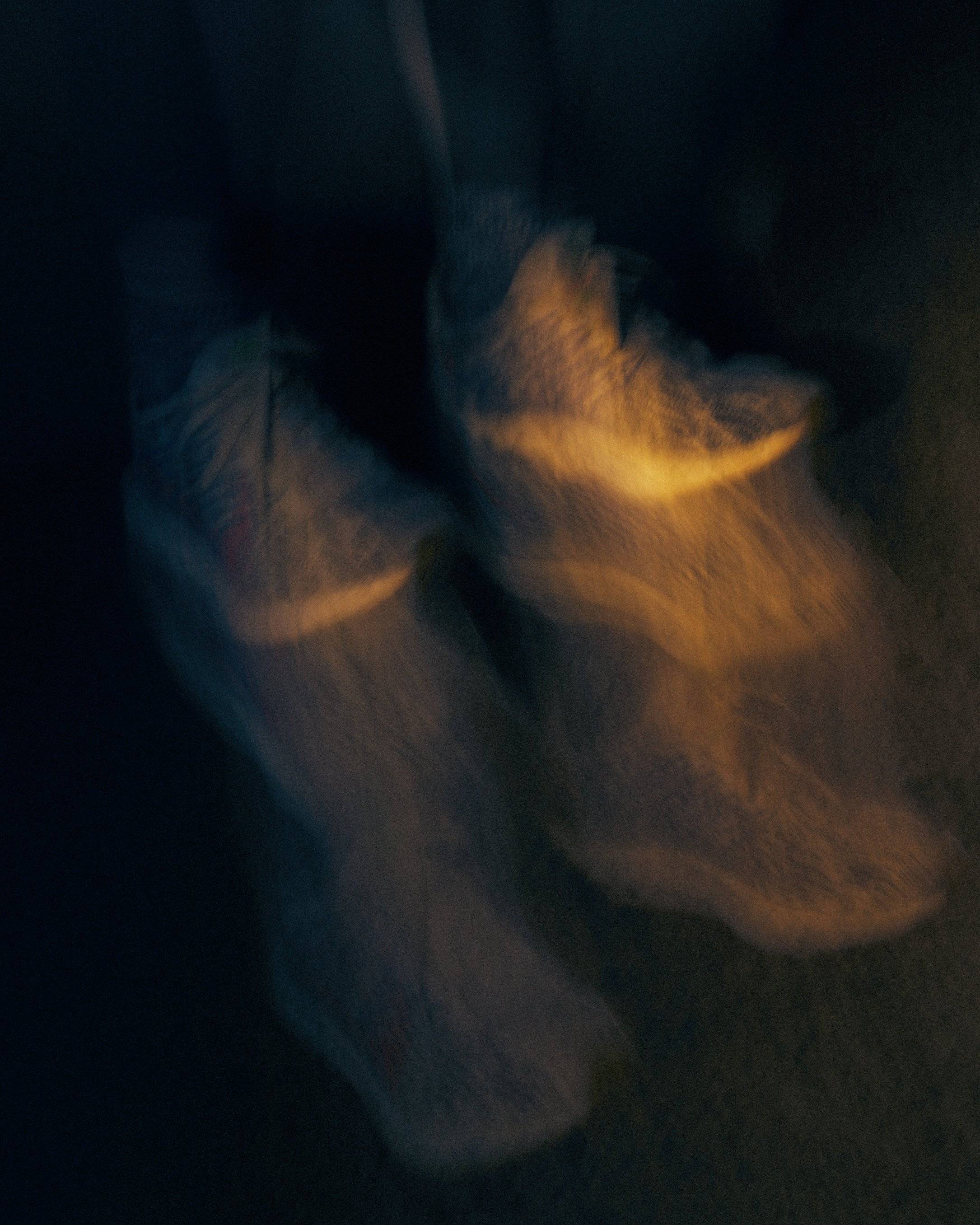
Heel Walks
This one looks like it wouldn’t work, but it does. While standing, lift the balls of your feet off the floor and walk around on the balls on your feet for thirty seconds. Do this three times and then have a little rest. Next, do three sets of Heel Walks for 45 seconds each and then have another little rest. Keep upping the time you’re walking on your heels until you’re doing 4-hour sets. Kidding. Work your way up to about two minutes if you can. Anything over that will be detrimental and most likely excruciating. Don’t hurt yourself, silly!
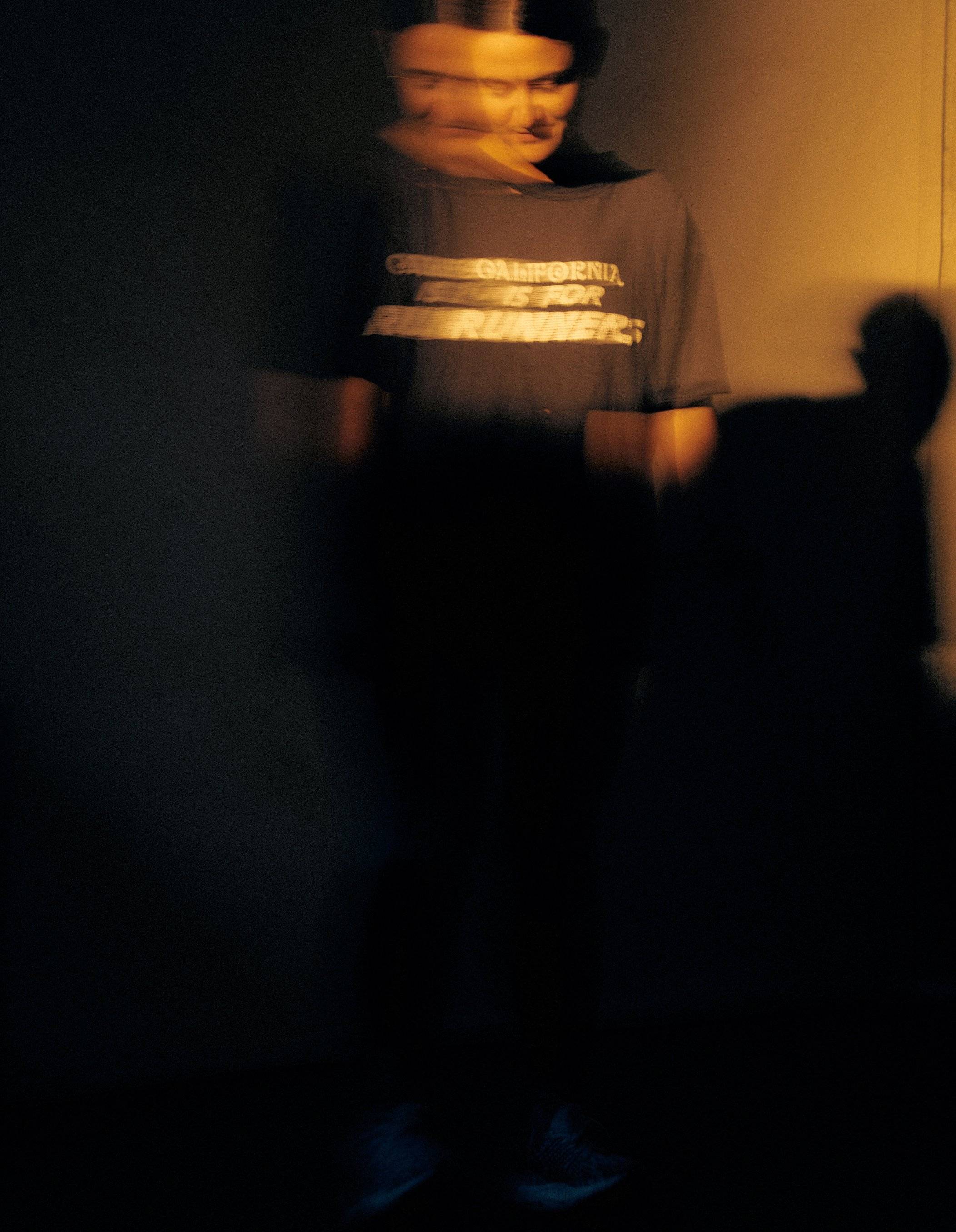
Icepack & Chill
The last method of dealing with Shin Splints is the one least likely to appeal to you, and that’s an icepack and an extended period of inactivity (aka rest). We know that sounds gross, but in many cases, it’s the best thing for Shin Splints. If you can make peace with it, resting is pretty easy, and you need only a few items to do it effectively: a sofa, some cushions, a television, BBQ Pringles, chocolate, Black Sabbath Vol. 4, a life-size cut-out of Kílian Jornet, and some pornography.
